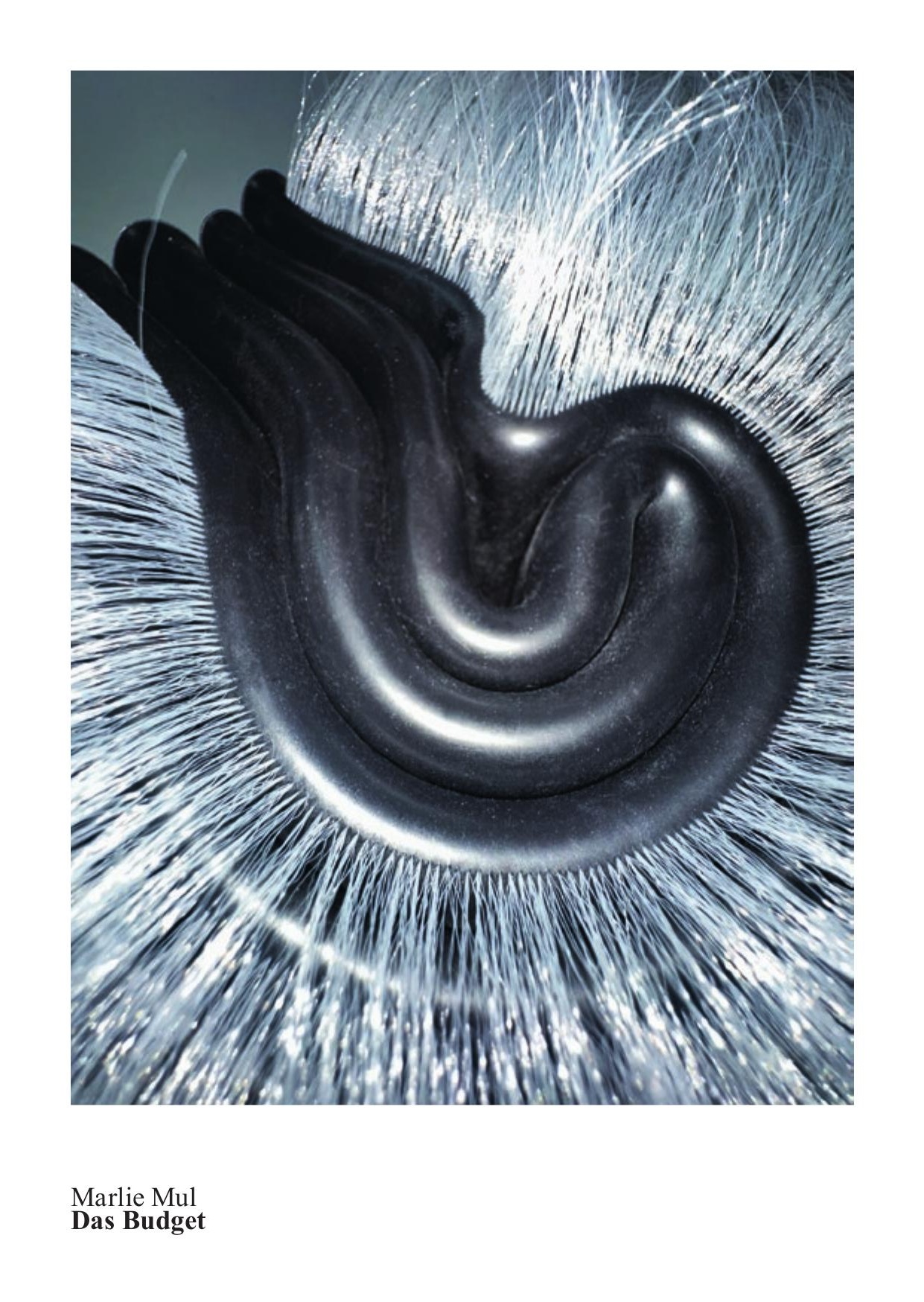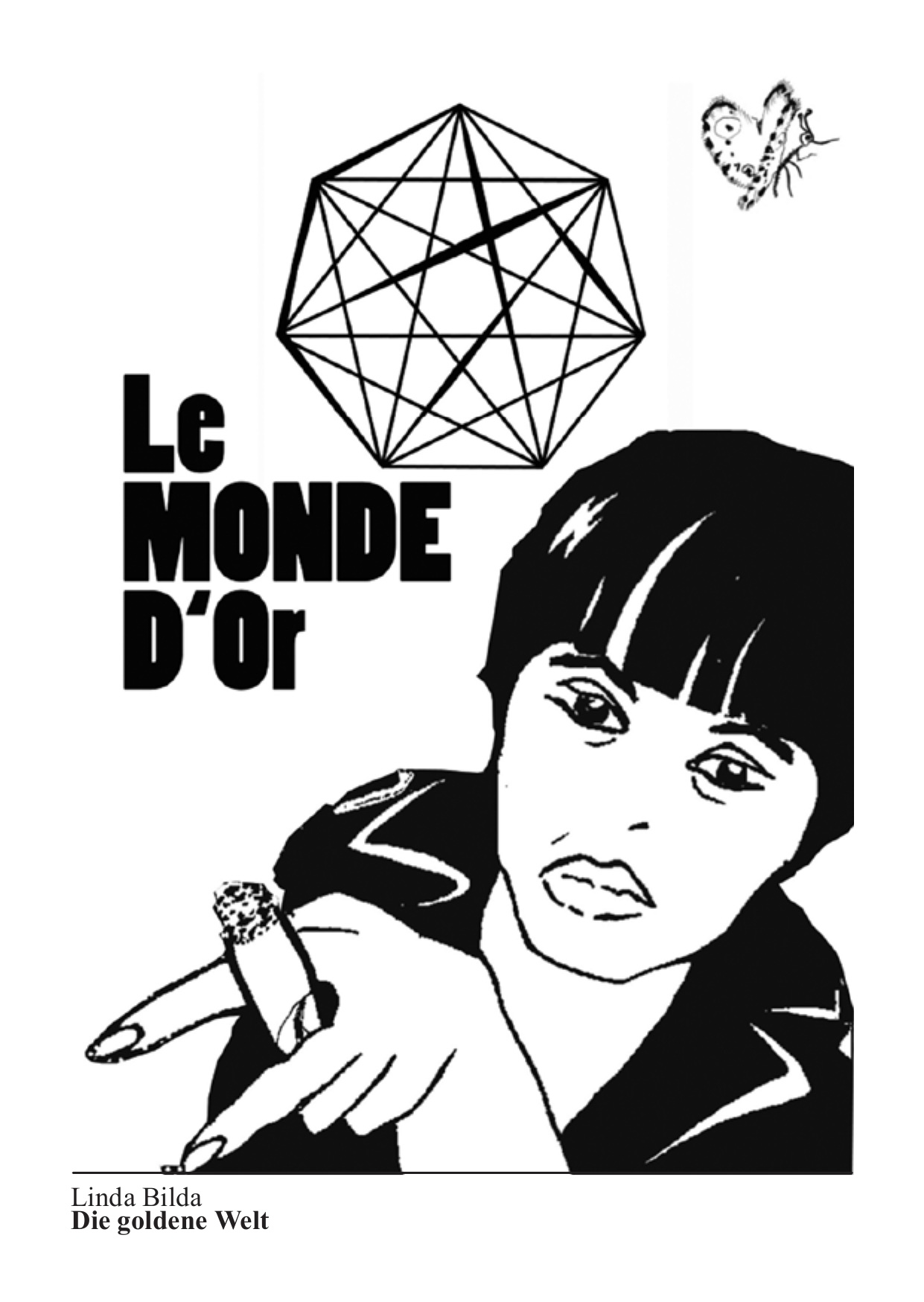5.2. – 7.5.2006
Markus Müller Agatenplatten
Markus Müller (born 1970 in Teufen, Appenzell Ausserrhoden, lives and works in Basel) is one of the few contemporary artists who has exclusively worked in sculpture since the beginning of his artistic career. His sculptures captivate with a simple language of images that always somewhat perplex the viewer – what the viewer sees is never what it promises to be. Markus Müller processes his raw materials (usually chipboards, plywood, and laths) into strange hybrid constructions in which elements of nature enter into idiosyncratic connections with fragments of furnishings. Some of his objects recall pieces of furniture or architectural fragments with a surreal touch, or they allude to certain artistic forms of expression and styles in an almost parodistic way. Although the artist is completely dedicated to three-dimensional work, painting plays an important role in his art. With broad brush strokes, he paints his sculptures by imitating materials such as wood, marble, and stone, as a sort of theatrical set painting. In this way, he creates the illusion of a materiality for the viewer that in no way corresponds to the raw materials he has actually used.
Markus Müller constructs his works using the craft techniques of carpentry as a point of departure. The volumes often evolve by piecing surfaces together, resulting in a certain angular appearance to his objects. In recent years, three typologies of objects in particular appear to have crystallized in Markus Müller’s work. First, the sculptures that imitate elements of nature. This category includes works such as Achate (Agates) (2001), large, amorphously cut chipboards, the colorfully painted surfaces of which actually look like oversized, expensive stone panels from a bit of distance. Or Loch (Hole) (2003), a type of rock opening, the effect of which Markus Müller strives to imitate with jacked up, back-to-back surfaces: an artwork that was created in the knowledge that it would fail as a staging of a phenomenon – but not as a sculpture. These two examples show how Markus Müller flirts with the aspect of staging illusions, but immediately dispels this illusion by disclosing its construction and the obvious artificiality of the situation.
A second category includes those objects that may represent objects from nature or at least objects made out of – supposedly – natural materials, but that have actually been staged as a museum piece and elevated to a work of art. Ohne Titel (Untitled) (2004), for instance, consists of oversized bone-like objects presented on expensive-looking wooden pedestals. Looking more closely, however, it becomes clear that the pedestals painted with a wood grain do not have the function of a presentation aid, but are rather components of the artwork. Another example is Stilleben (Still Life) (1998), a work made up of gigantic, joined-together cubes, in which two rootstock-like wood elements have been integrated. The black-painted cubes have a nearly architectural quality, and their constellation inevitably recalls the serial cubes of Minimal Art, as known from Donald Judd and others. However, this work also immediately makes the fundamental differences clear between the art-historical reference and Müller’s artistic attitude. Here, Markus Müller produces – as so often in his works – a clash of forms and materials between the massive marble cubes and the organically shaped wood elements. If one also recalls that the opposition of materials is not real, but rather is feigned by painting in both cases, then the strong contrast between Markus Müller’s play with references (of materials) and the puristic approach of Minimal Artists to materials becomes apparent.
The third category includes the hybrid objects that are created by crossing natural elements with furniture fragments (i.e., a link between natural and culturally connoted objects), of which Gebüsch (Bushes) (1998) – a cube with a painted bush relief on the feet of an antique cabinet – is one of the earliest examples. Ohne Titel (Untitled) (2006), to mention a very recent example from the exhibition in Glarus, is composed of two elements: a large slab, which recalls the beautiful interior life of a cut-open slab of stone, and a wall rack referring to the tradition of modernist furniture design. The slab of stone, i.e., the back wall of the rack, so to speak, was created by the artist using a technique that contains elements both of inlay work and collage. Unlike classical inlay, Markus Müller’s somewhat Cubist “slab of stone” again consists of materials that the artist created himself by painting the slab parts. As is so often the case, this work of Markus Müller again entangles the viewer in a tricky game with different levels of reality – not only with respect to the consistent use of material illusions, but also with respect to the interpretation of the genre and status of the work.
What do we actually see in front of us? Furniture? A wall relief? A painted sculpture on a wall? A painted picture? The claim made at the outset that the artist exclusively works in sculpture must be qualified in this respect. Much more than the sculpture as such, Müller is interested in the tension between painting (extension on a surface) and sculpture (extension in space), between the wall and the room. In the Kunsthaus Glarus, he explicitly picks this out as a central theme with some of his works. For instance, his current exhibition includes picture frames that have detached themselves from their function of delineating picture and wall and their function as a prestige object, in order to stand freely in space and become an autonomous sculpture. Or in a second hall, overly long supporting beams jut into empty space without fulfilling their function as architectural supports. The imitation beams support and bear nothing, but rather present themselves in an seemingly precarious balancing act, and in this way mark the airspace of the hall like vector lines in a spatial drawing.
In his sculptural work, Markus Müller deals with questions in which the aspect of painting is of fundamental importance, since he is concerned with the central question of representation. He pursues this question in his works especially by investigating – using the tools of art – nature that has become art. His complex layerings of levels of representation, his illusionistic stagings, and his interest in natural phenomenon that appear as if they have been designed – by an undetermined hand – show a certain (voluntary) relationship with Baroque (for instance, think of the playful penetration of architecture by the resources of painting in church spaces). So if some works by Markus Müller slyly refer to finds from the curiosity cabinets of the 18th century, where natural elements were displayed next to folkloristic objects, curiosities, and works of art, then this is certainly no coincidence. In fact, Markus Müller’s oversized, bulky sculptures evoke childlike amazement, just as one might be amazed by a strangely evolved rock formation. However, in contrast to natural phenomena, his works have run through several conceptual and creative filtering processes, in order to become a thoroughly artistic-artificial surrogate.

















